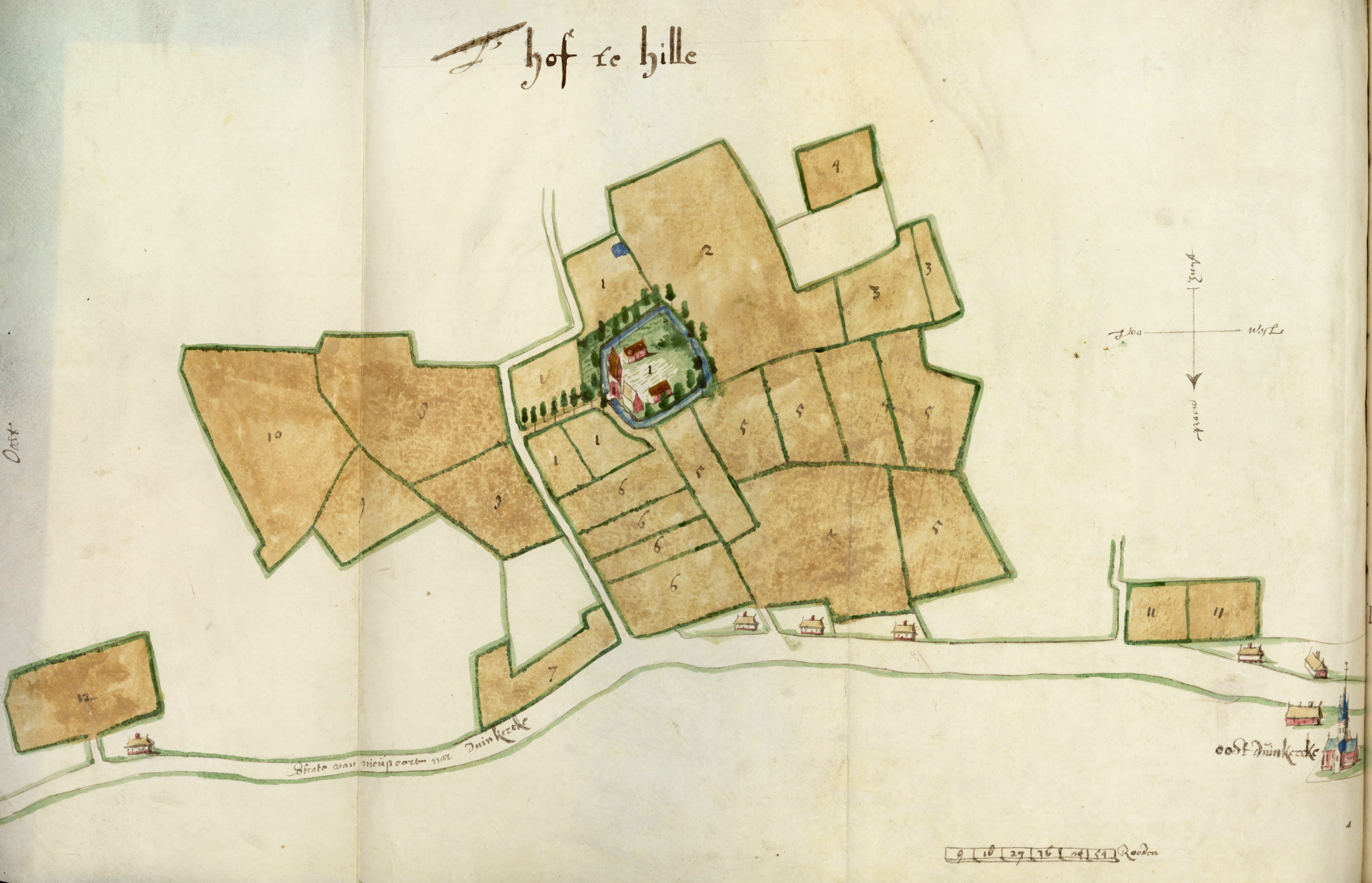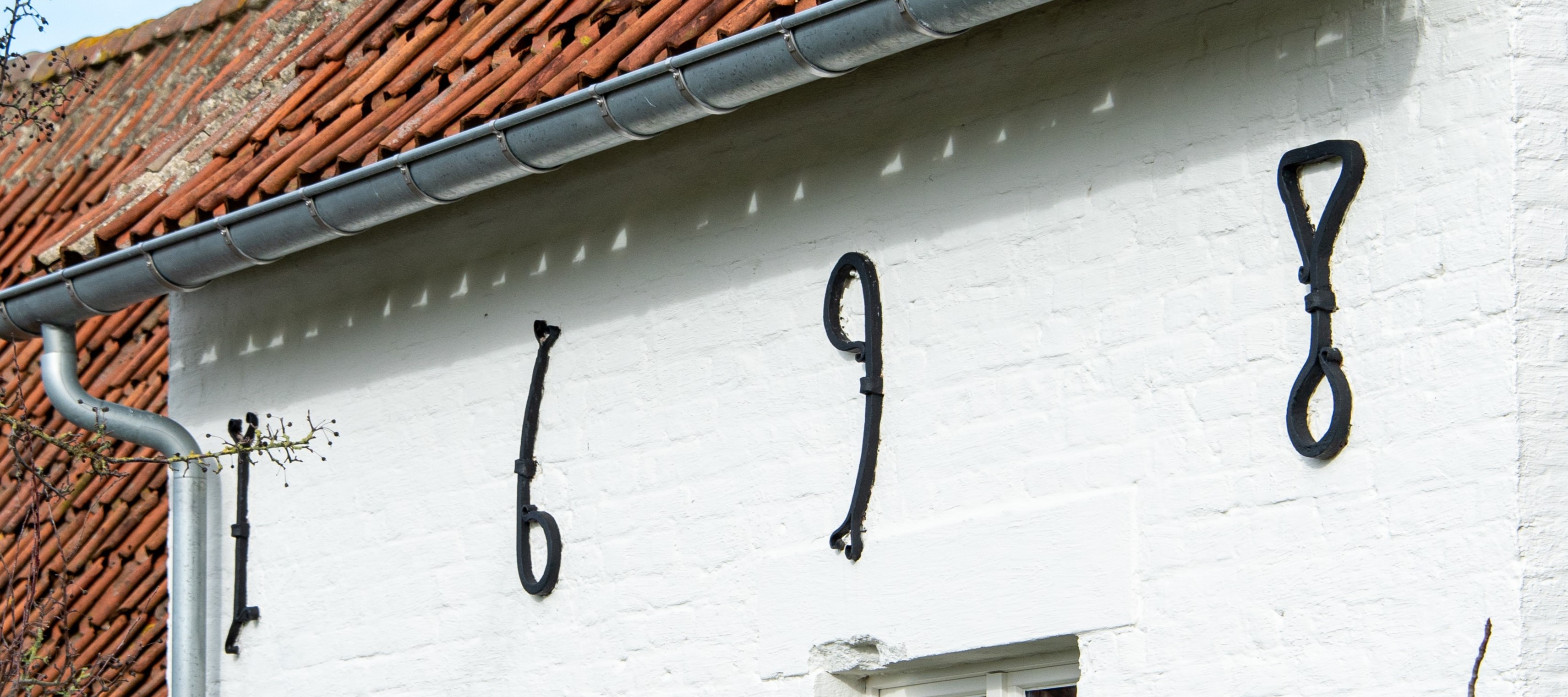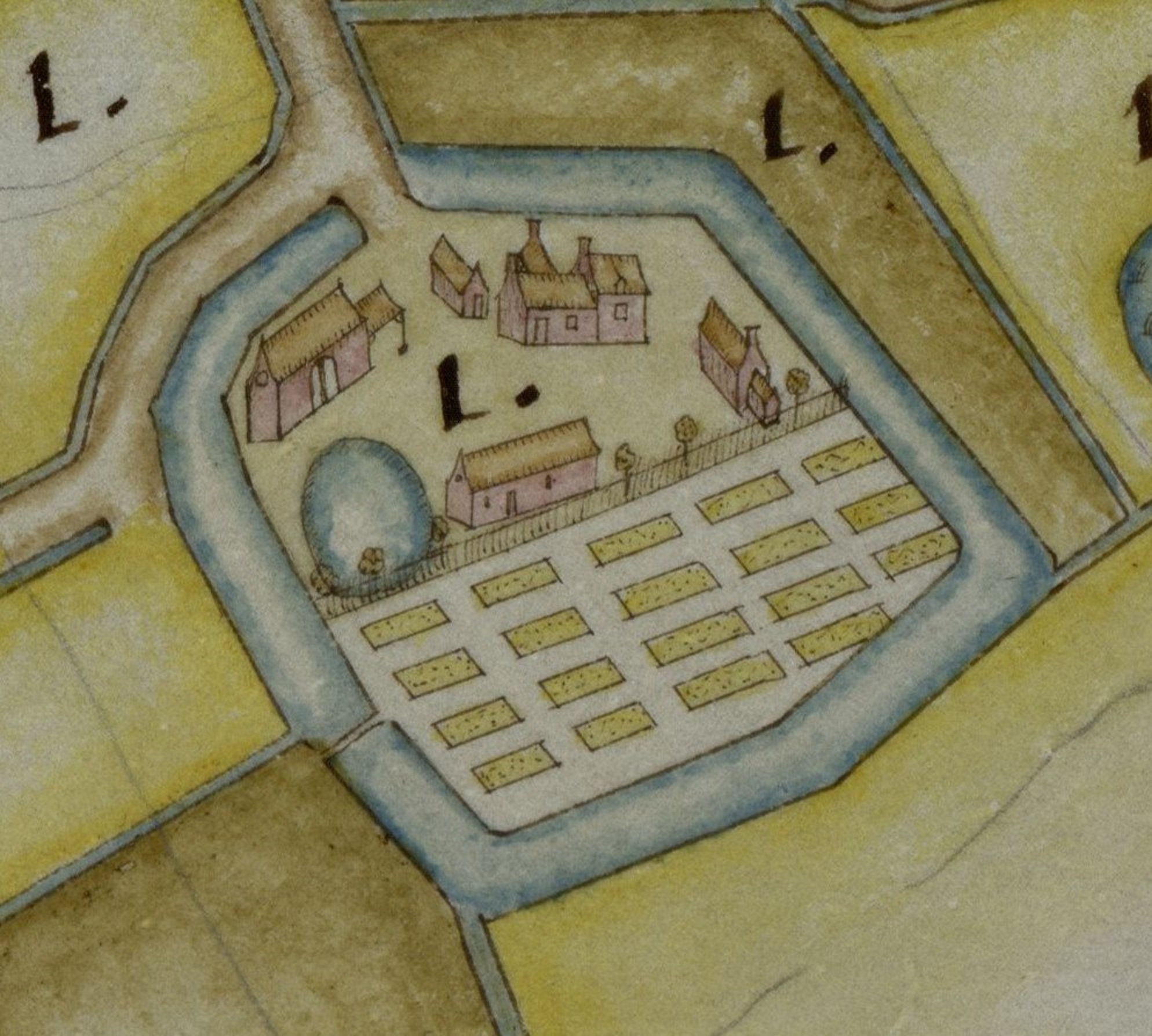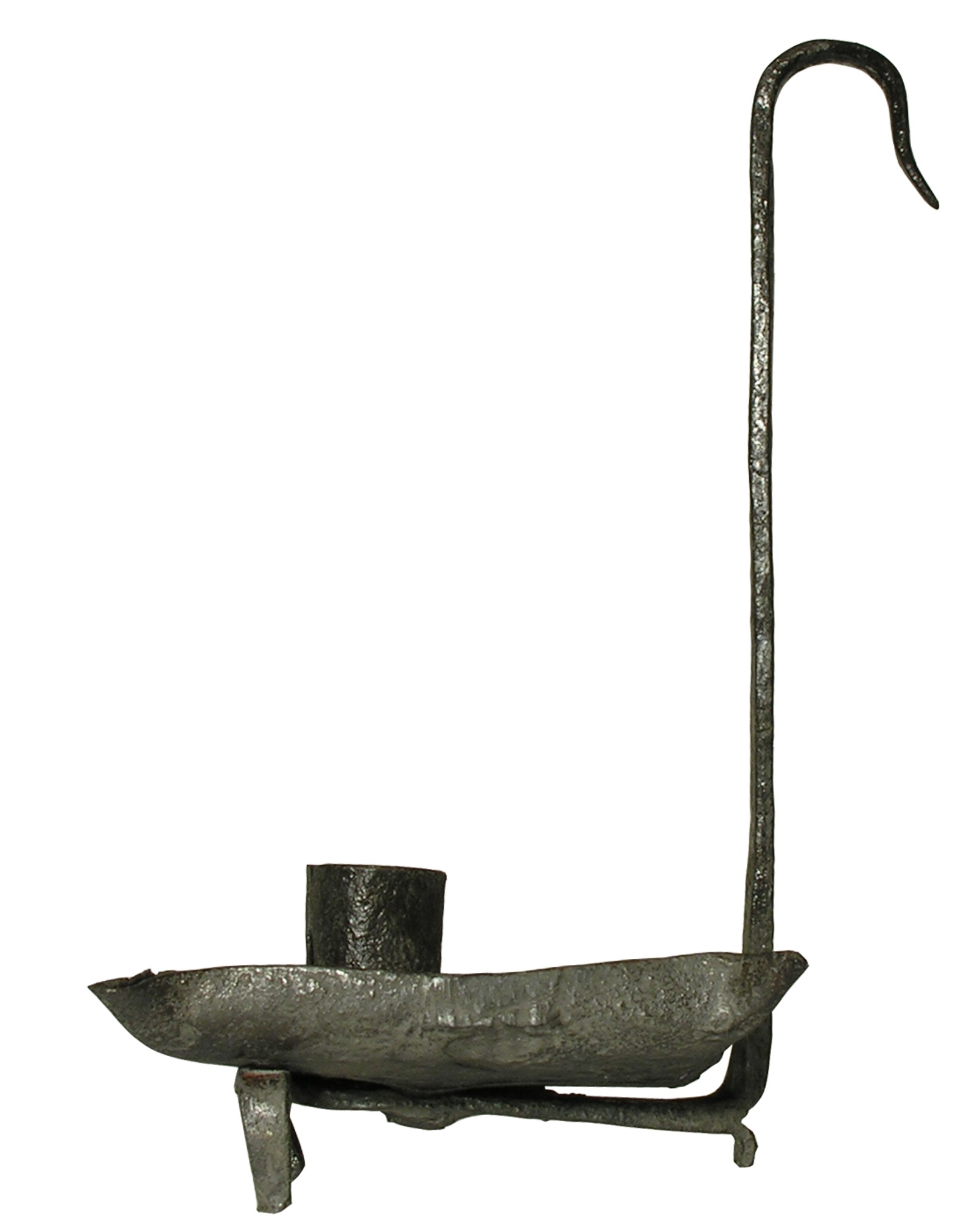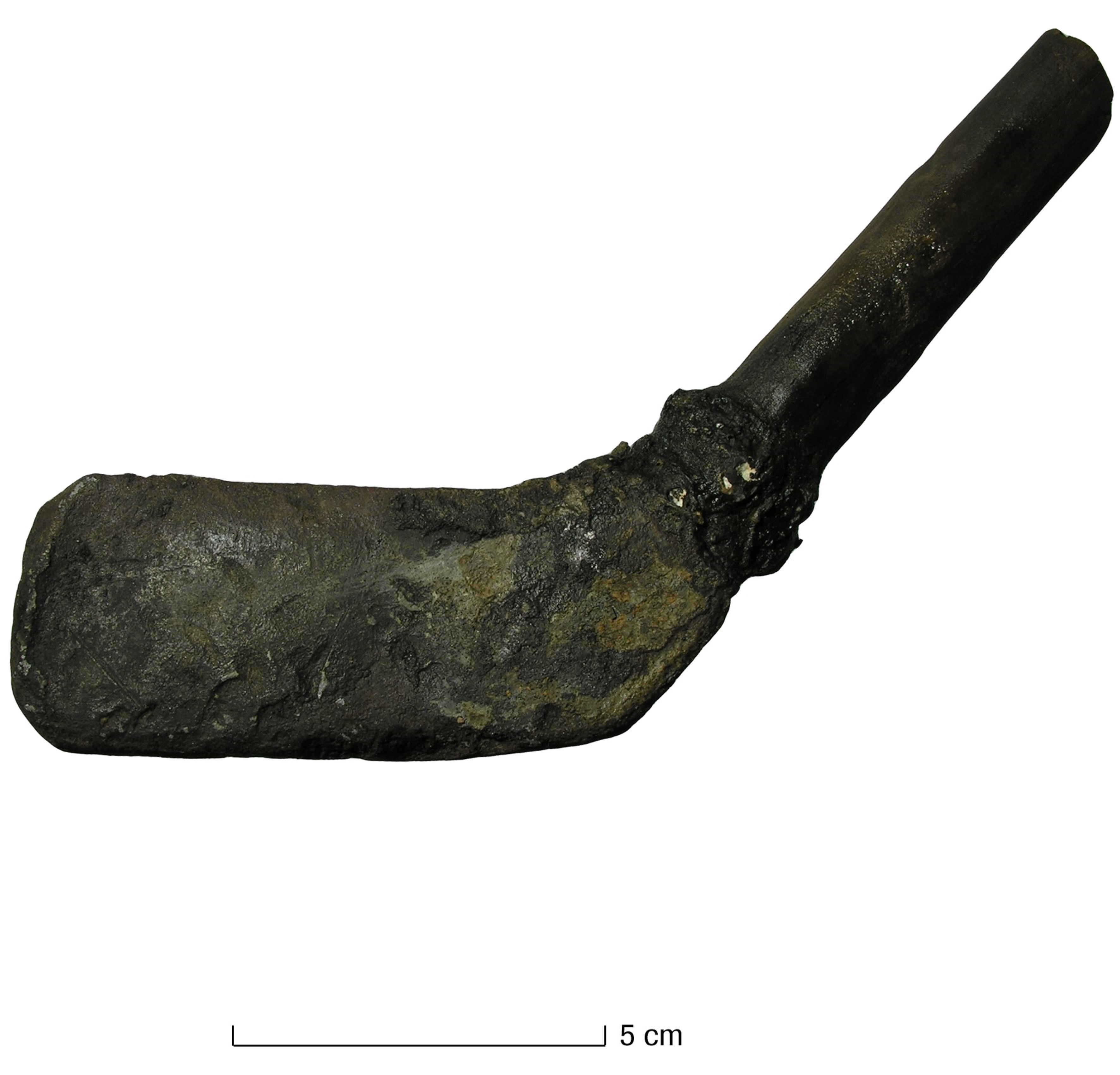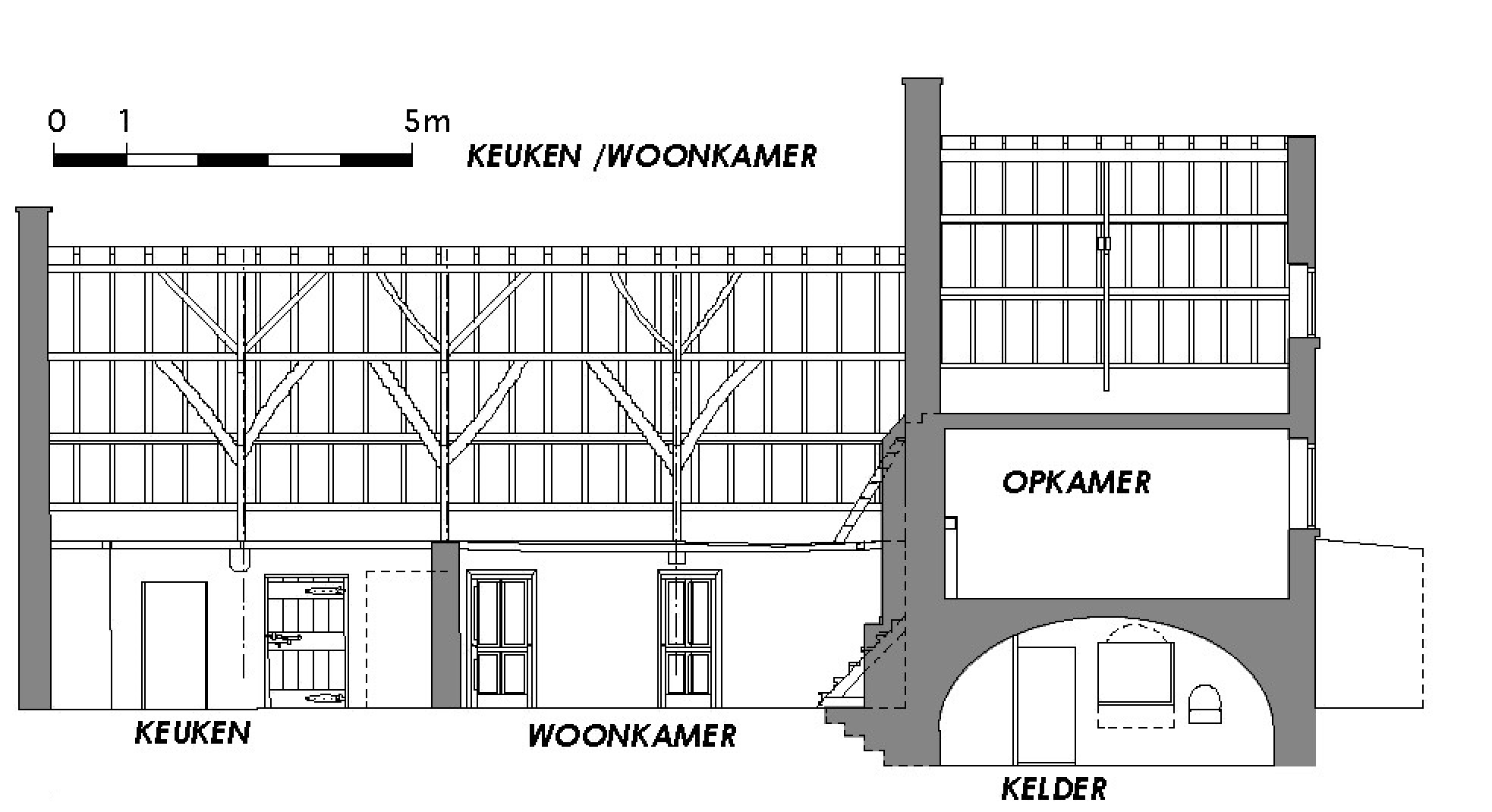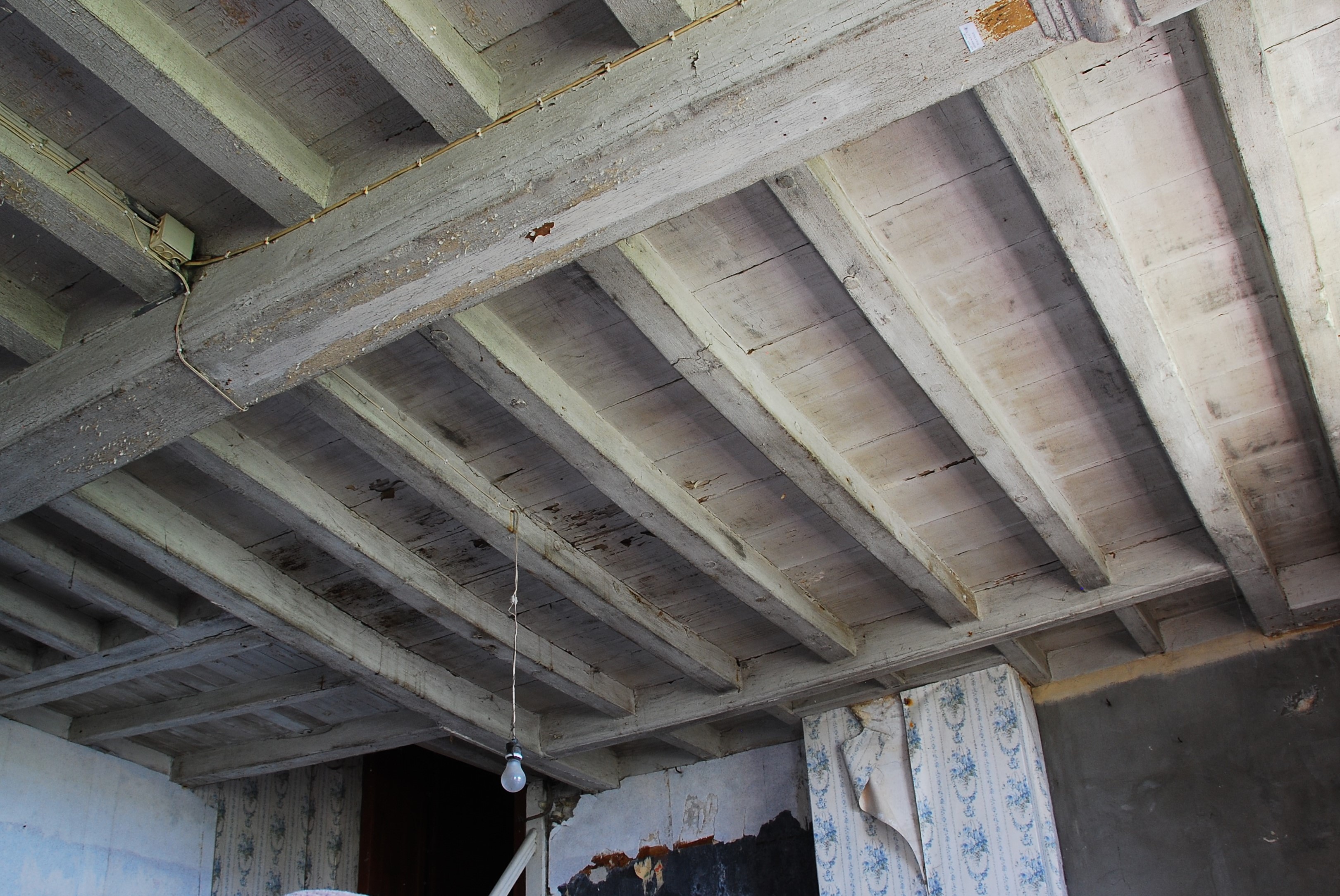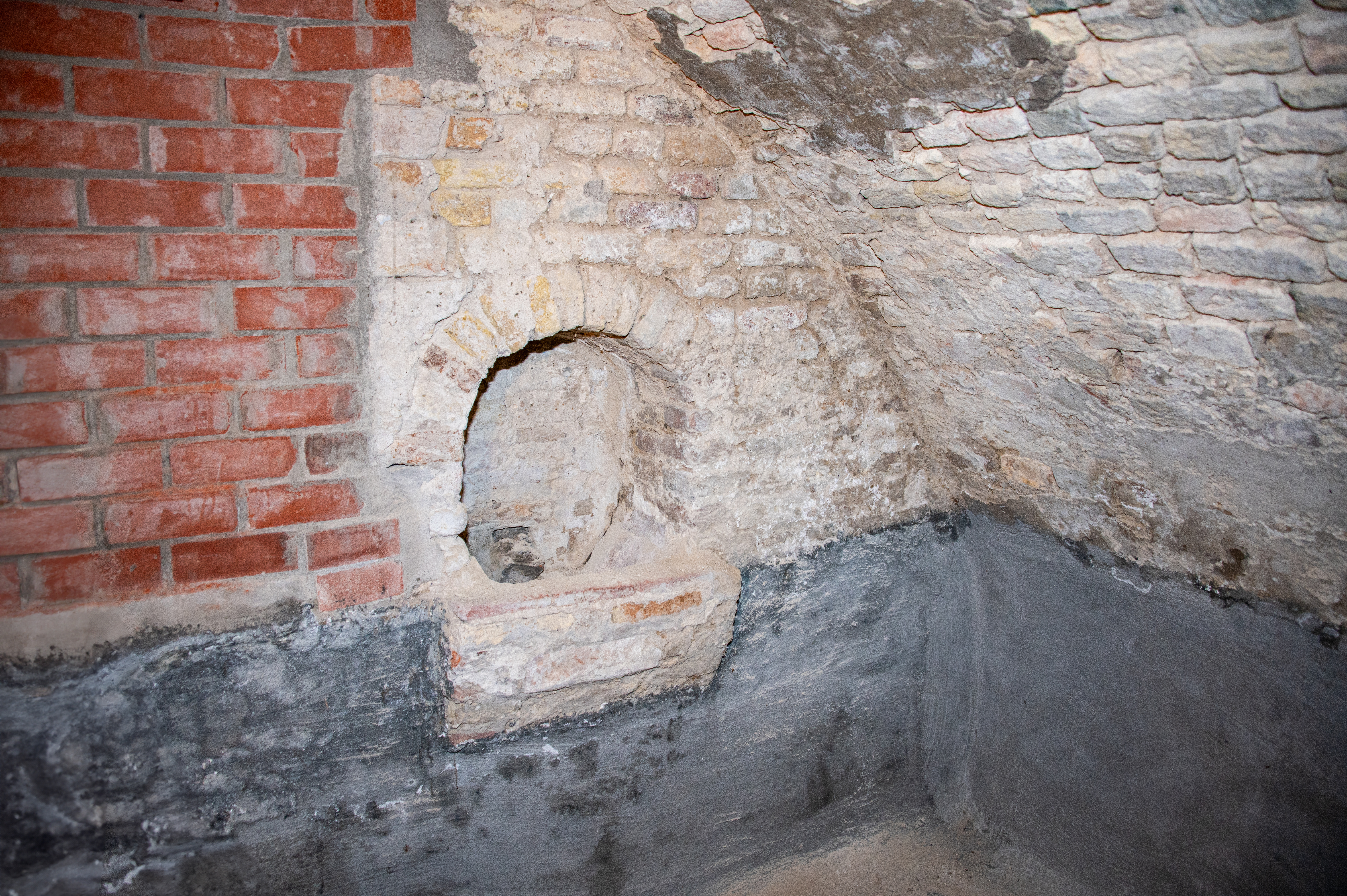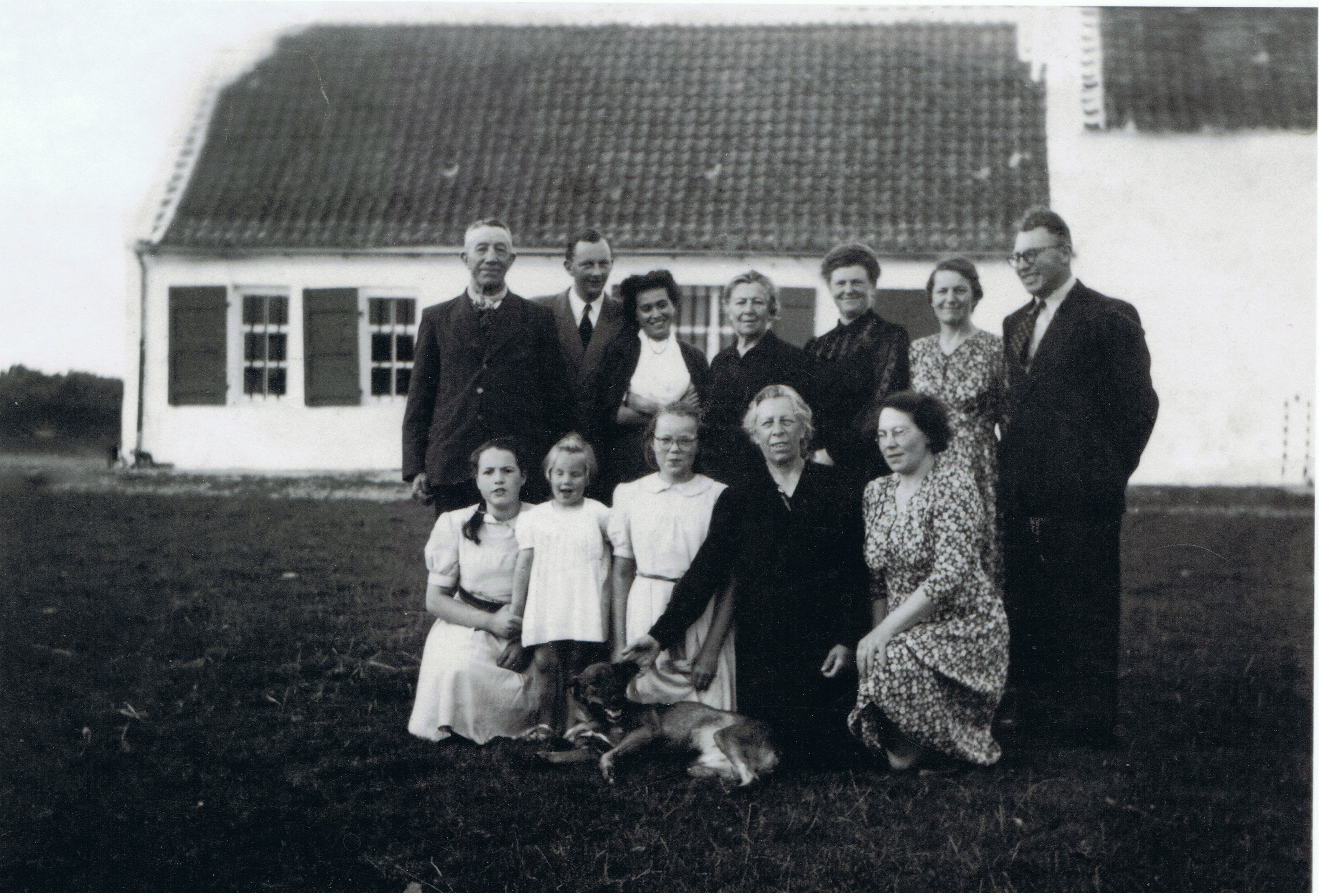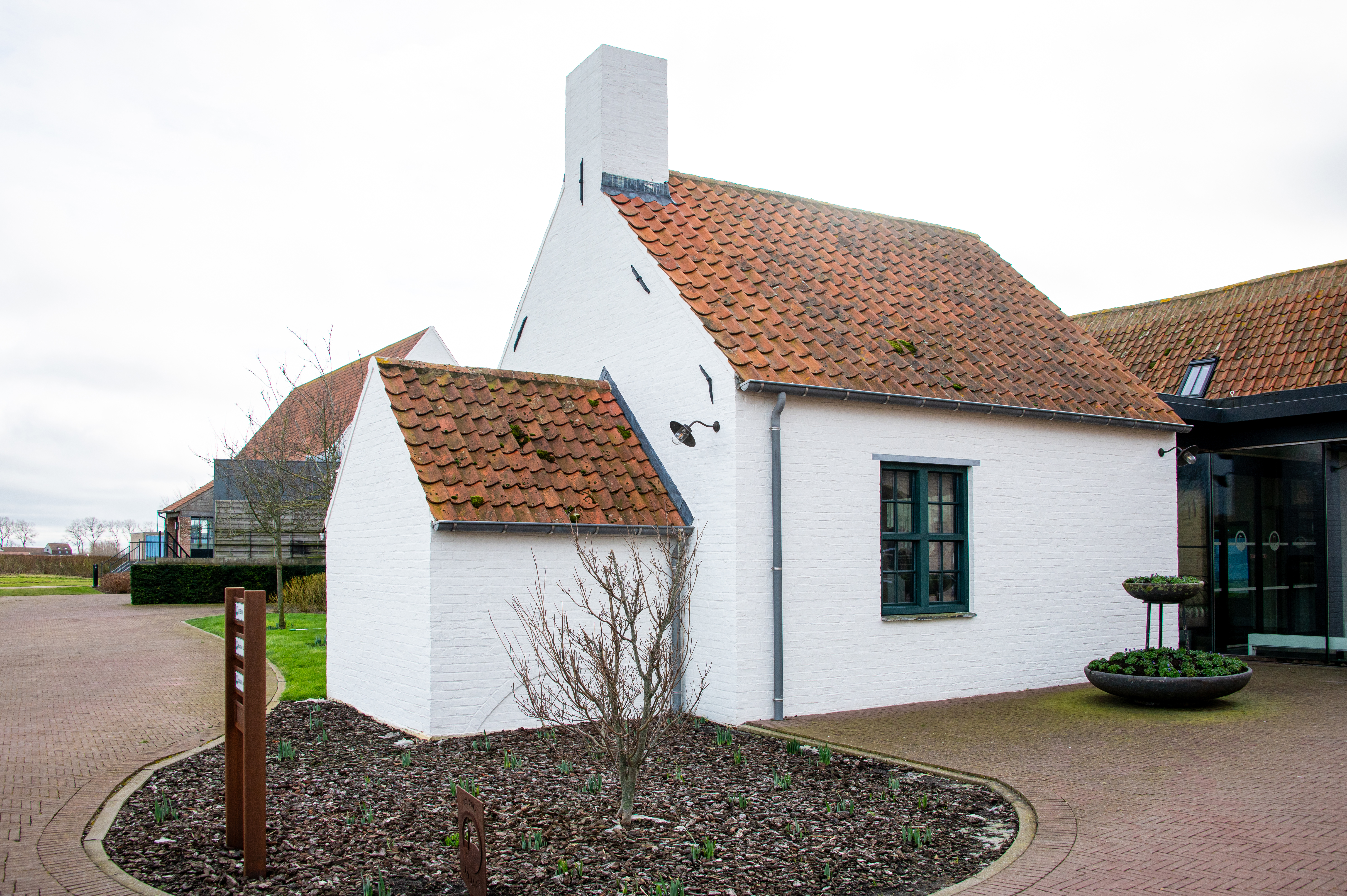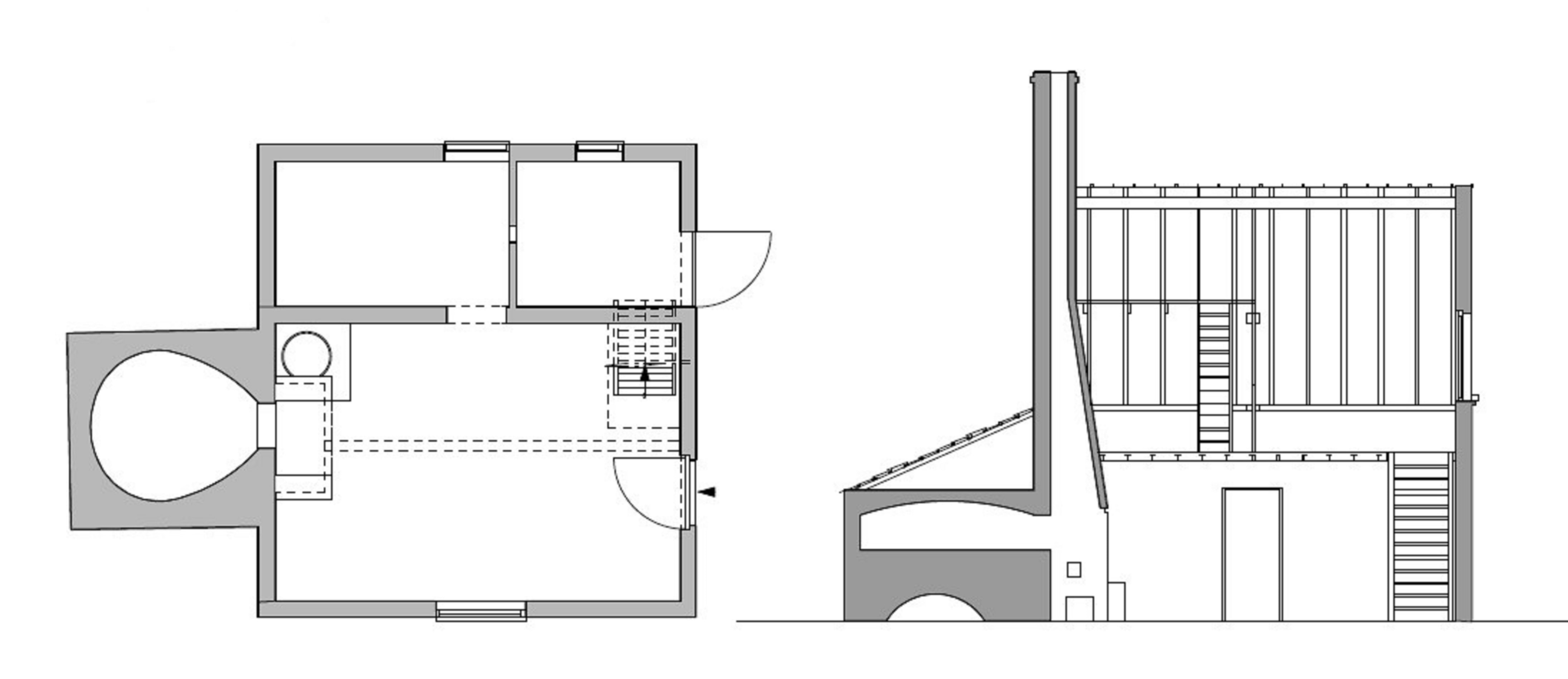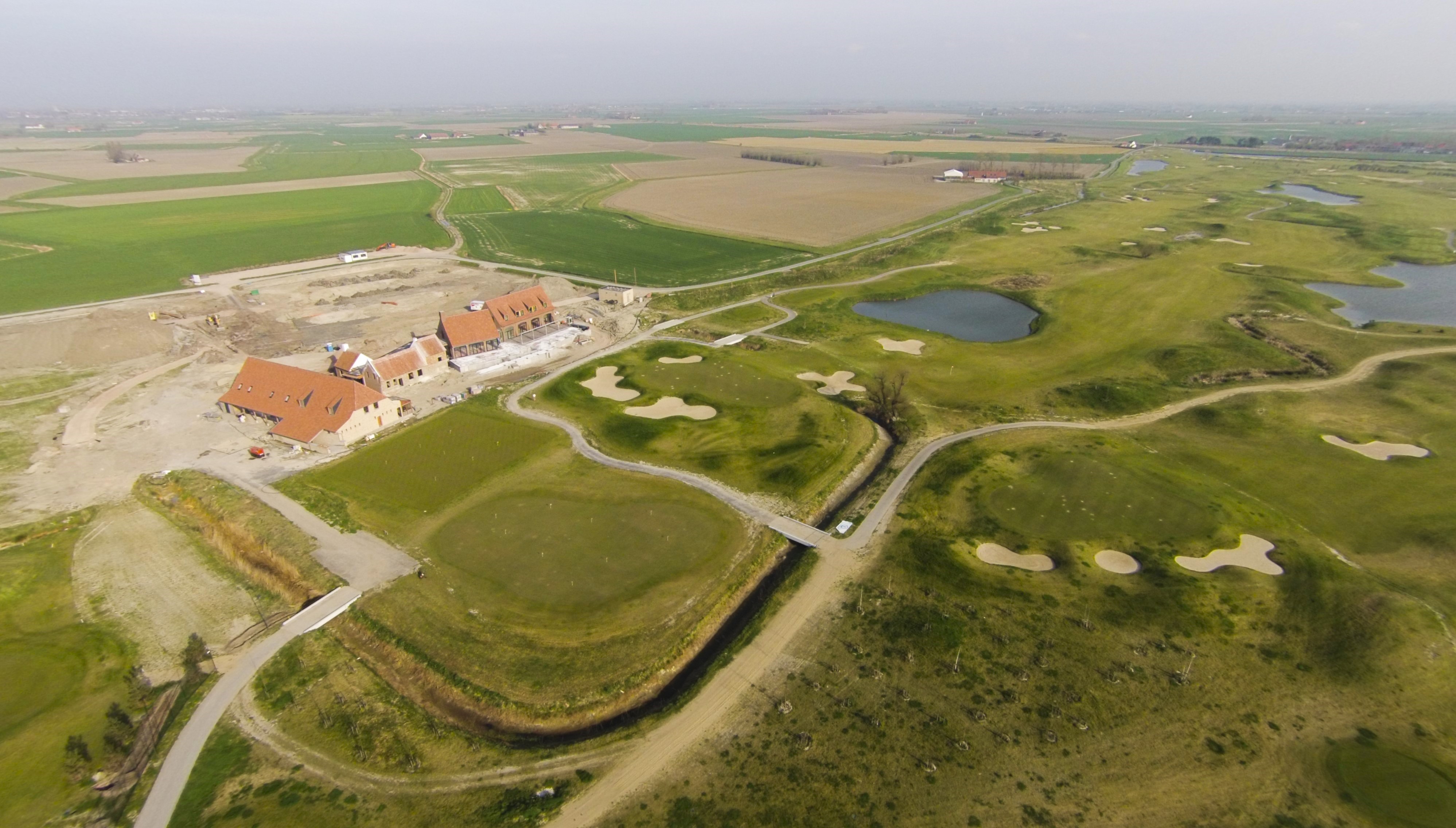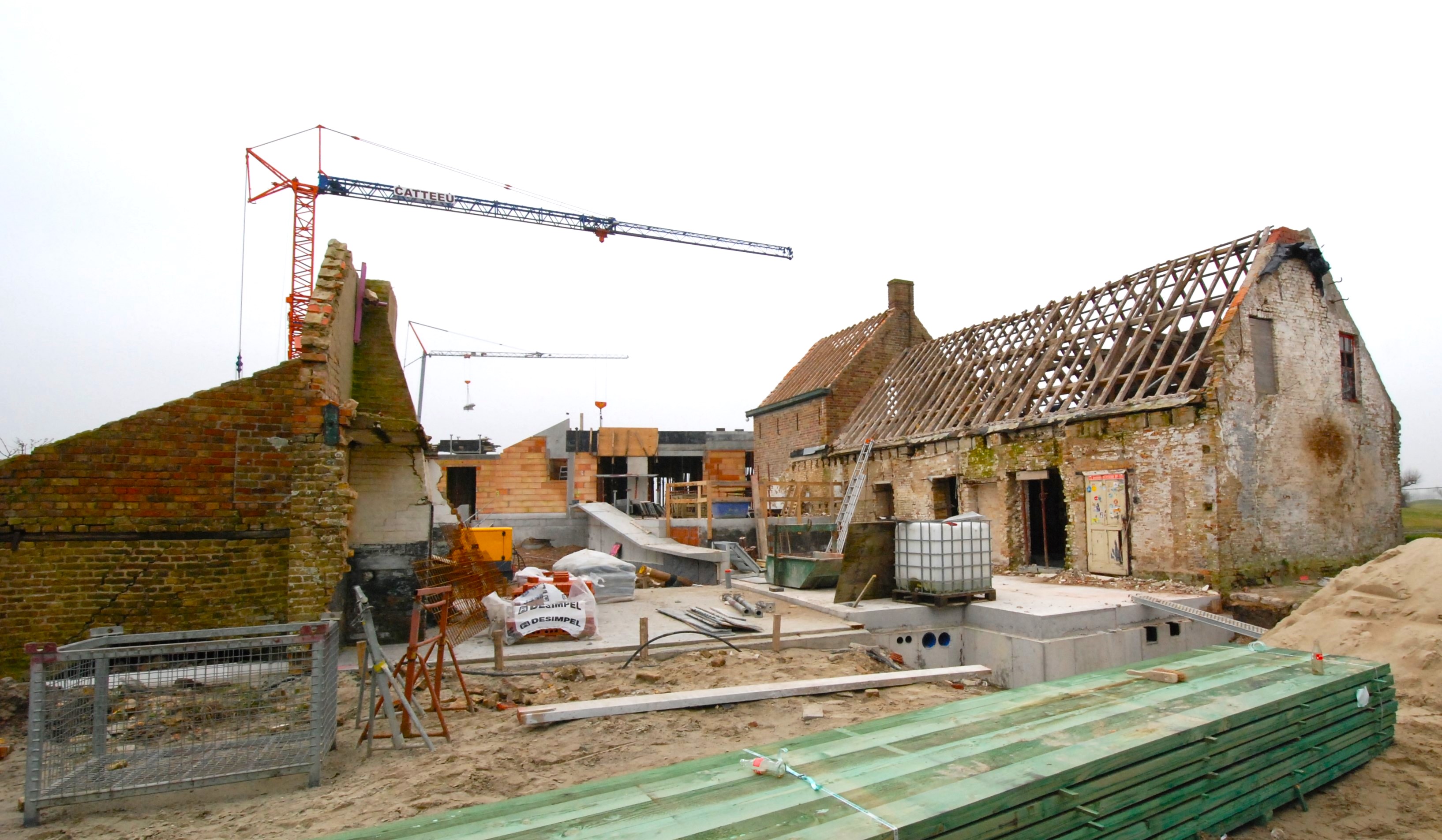In 1342, the Ten Duinen Cistercian monastery bought a “Hof” (farmstead) from the French aristocrat Ferri de Picquigny and after 1600 it was named “Hof ter Hille”. This became 77 hectares in surface area, but later lost half to “de Labeure”. The Koksijde abbey rented both farms out as a tenant farm.
Hof ter Hille suffered greatly due to the many wars. In the late 16th century and during the French/Spanish wars (1635-1713) the farm was destroyed and rebuilt several times. The estate was usually run as a mixed farm. At the start of the 18th century, it specialised in breeding stallions. Until the end of that century, successive tenants were related to each other through marriage.


